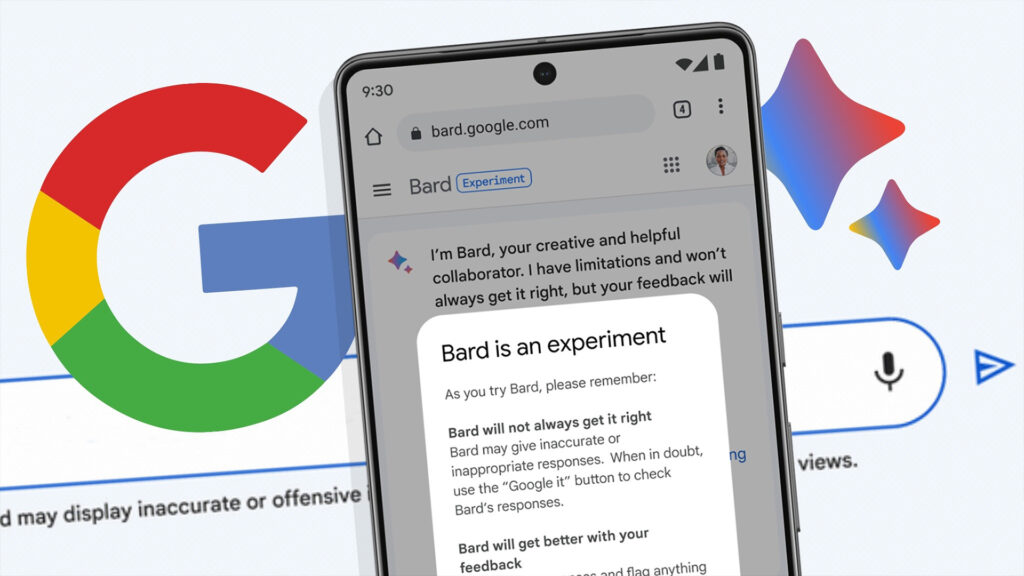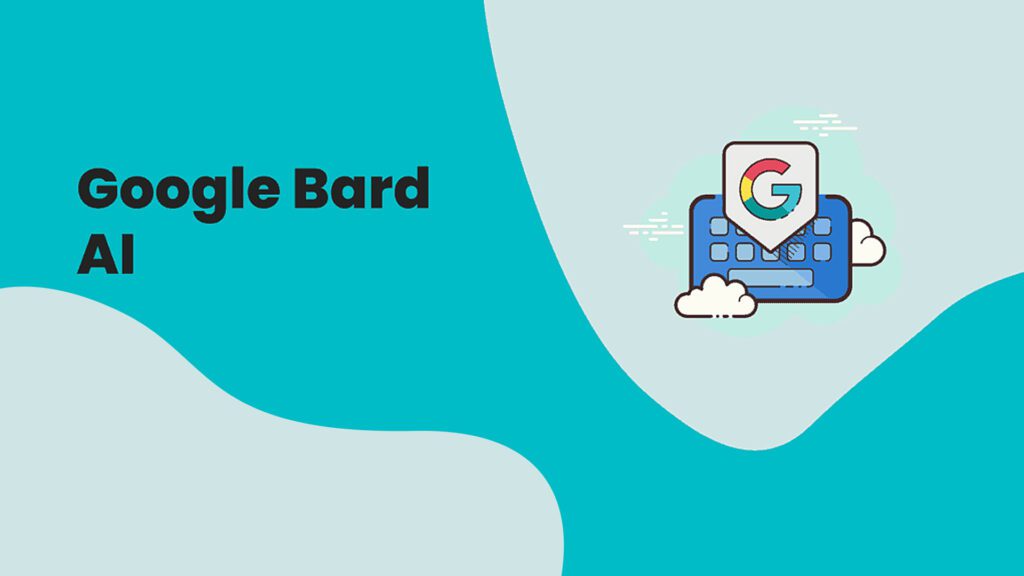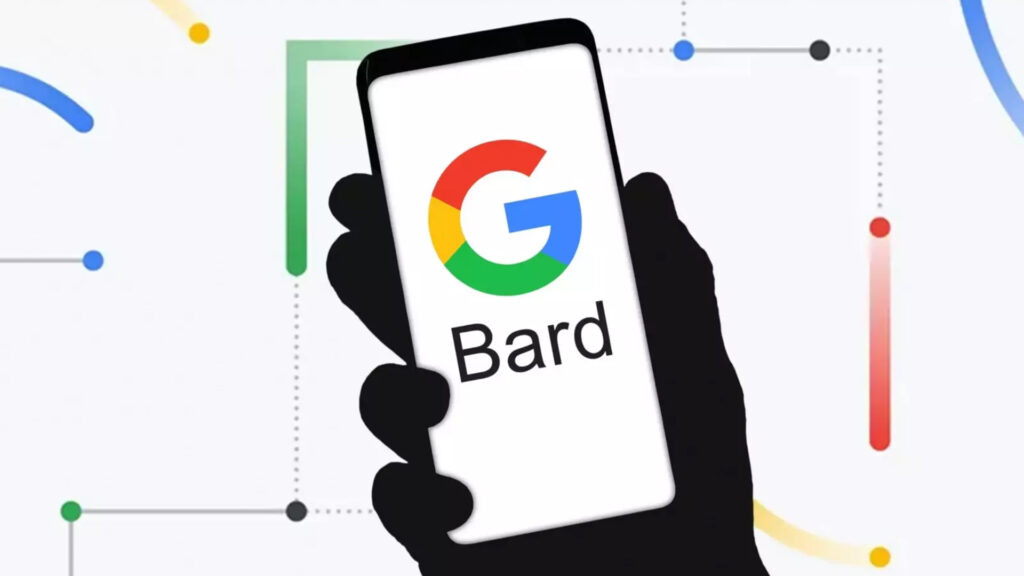Google Bard is a new chatbot tool in line with the competition from artificial intelligence like ChatGPT. It is designed to stimulate conversations with a human. At the same time, it resorts to the use of machine learning and natural language processing to provide helpful, realistic responses to questions that you may ask. Such tools may turn out to be a blessing in disguise for small companies that want to offer natural language support to their customers without having to hire large support staff. This may prevent the need to augment Google’s own search tools.

Google had a profound idea when it gave their AI tool the name “Bard,” as it mimics the poetic form of storytelling. It is powered by advanced technology, and users can enjoy a natural and interactive experience with Bard Bot. Google Bard will be free to use, though Google has not confirmed its pricing and service model. It has advanced encryption technology, providing high security to the end users and protecting them from cyberattacks.
Bard can be integrated into messaging platforms, websites, applications on desktop or mobile, or a range of digital systems. This is going to be the case since it is not available outside of a limited beta test run until this juncture.
Google Bard: What is all the fuss about?
Google’s response to ChatGPT is Google Bard. It is an AI chatbot with many of the same features that is intended to improve Google’s search capabilities. In a similar vein, Bing now uses ChatGPT to give businesses automated help and human-like interactions. It has been under development for some years and uses Language Model for Dialogue Applications( LaMDA) technology.
What question did Google Bard get wrong?
Google Bard makes its debut on February 20, 2023, and gets off to a great start. However, in its initial display and realizing their error, Google Bard answered a query regarding the most recent discoveries made by James Webb Space Technology. The claim was that he had been the first person to take a picture of an exoplanet outside the solar system, though it happened many years earlier. Google Bard displayed this enormous amount of information with such confidence that it led to criticism of the tool. It did evoke some form of comparison with the weakness of ChatGPT. In response, the stock price of Google plummeted.
The features of Google Bard
Google Bard is a chatbot service that is designed to interact with end users. It relies on the use of advanced AI technology to decode natural human language. Thus, you can ask Google Bard for anything and regard him as a friend. Requests can be placed, and diverse information can be obtained on a host of topics.

Being the latest in AI services, Google’s AI chatbot has unique features. The diverse capabilities make it one of the most advanced AI chatbots in the world. Below are some of the features.
- Natural language processing: Google Bard is able to understand and process natural language seamlessly. It has no relevance to which language you type; the chatbot will continue the conversation based on its AI capabilities.
- Personalized responses: the moment you start to interact with Google Bard, based on your inputs, you are likely to receive an immediate response. You may continue the conversation and obtain as much information as possible.
- Multilingual support: the chatbot is able to withstand all forms of human and programming languages. It is adept at writing code in various languages, such as Python, Java, or Ruby.
- Integration with Google services: You may integrate Google Bard with other Google services like Hangouts, maps, etc. So, it enables you to obtain as much information as possible with various other Google services.
How to use Google Bard
At this point in time, Google Bard is only available to a limited number of beta testers, though Google is expected to conduct a massive launch in the coming weeks and months. The CEO of Google, Sundar Pichai, accelerated the development of Google Bard as early as 2022, contemplating the successful signs of ChatGPT’s development. There is only likely to be continued space with continued positive press coverage of ChatGPT in 2023.
Using Google Bard is a straight-forward process. A few of the steps to using this Google chatbot are as follows:
- You need to visit the Google Books official website or download the app on your device.
- With your Google account, log into Bard.
- Begin a conversation by typing in a question or request.
- Receive a response based on the questions or requests you put in.
- Feel free to ask any other questions and extend the discussion.
- There are no limits to the number of queries that you can ask.
Key usage areas of Google Bard
Google Bard is a new tool to try and use. Still, this AI is useful for a wide range of user cases.
- Customer service involves assisting clients with their queries and solving their problems.
- Education sector: familiarizing the students with their assignments and studies
- Entertainment where you enjoy a natural conversation experience with the chatbot.
- Personal assistance obtain help in completing the day-to-day tasks.
- E-commerce provides customers with the product information they require.
Which are the key AI models that Google Bard is trained on?
Four of the models listed below are the ones that Google Bard was mostly trained on.
- Large language models: This has become a crucial piece of generative AI technology that enables people to produce cohesive and lifelike text answers. These models can produce high-quality results because they were trained on vast volumes of text datasets.
- Transformer models: transformer models like MUM( Masked Unit Model) or BERT( Bidirectional encoder representations from transformers) may turn out to be a subset of deep learning models. Such pre-trained models are designed and processed to understand natural-language text. The transformers have been trained on a corpus of text datasets, allowing them to generate robust representations. These representations can be fine-tuned for specific NLP tasks.
- Generative adversarial networks (GAN are used to generate visual and multimedia content from texts and images. There are a couple of neural networks: the generator and the discriminator. The discriminator network assesses the quality of the output created by the generator based on the real training data, whereas the former is known to produce new material that is comparable to the original data.
- Diffusion models: these models are based on the practice of adopting new models or ideas in a market. It means that you end up stimulating the spread of information in a network. Once you integrate these models into generative AI systems, the systems are able to provide solutions that align with real-world trends and pictures.
A comparison of Google Bard and ChatGPT
Both ChatGPT and Google Bard use machine learning and natural language processing models to develop their chatbots. Though each of them has their own distinctive features. While Google Bard has the capacity to use current data for their responses, ChatGPT was constructed solely from data that was gathered up to 2021. Although the primary focus of ChatGPT is on questions and answers in conversations, it is also included in the Bing Search results because the answers are more conversational queries. With Google Bard, a same strategy will be used, but only to improve Google.

The ChatGPTs are developed on a slightly different language model. It is built on GPT( Generated Pre-Trained Transformer). A plagiarism checker is now unavailable on Google Bard, however it is available on ChatGPT. The former is also readily available if you want to try it out, whereas Google Books is only available to beta testers.
When will Google Bard be available?
Google beta testers who have been chosen already get access to Google Bard on a restricted basis. Its expansion has not faced any difficulties. Sundar Pichai, the CEO of Google, stated in his talk on Google Bard that he would want to see Google Bard used to improve Google search, thus Bard may become more prominent in the coming weeks.
Stay up-to-date with GTECH for the latest technology blogs.
Related Post
Publications, Insights & News from GTECH








